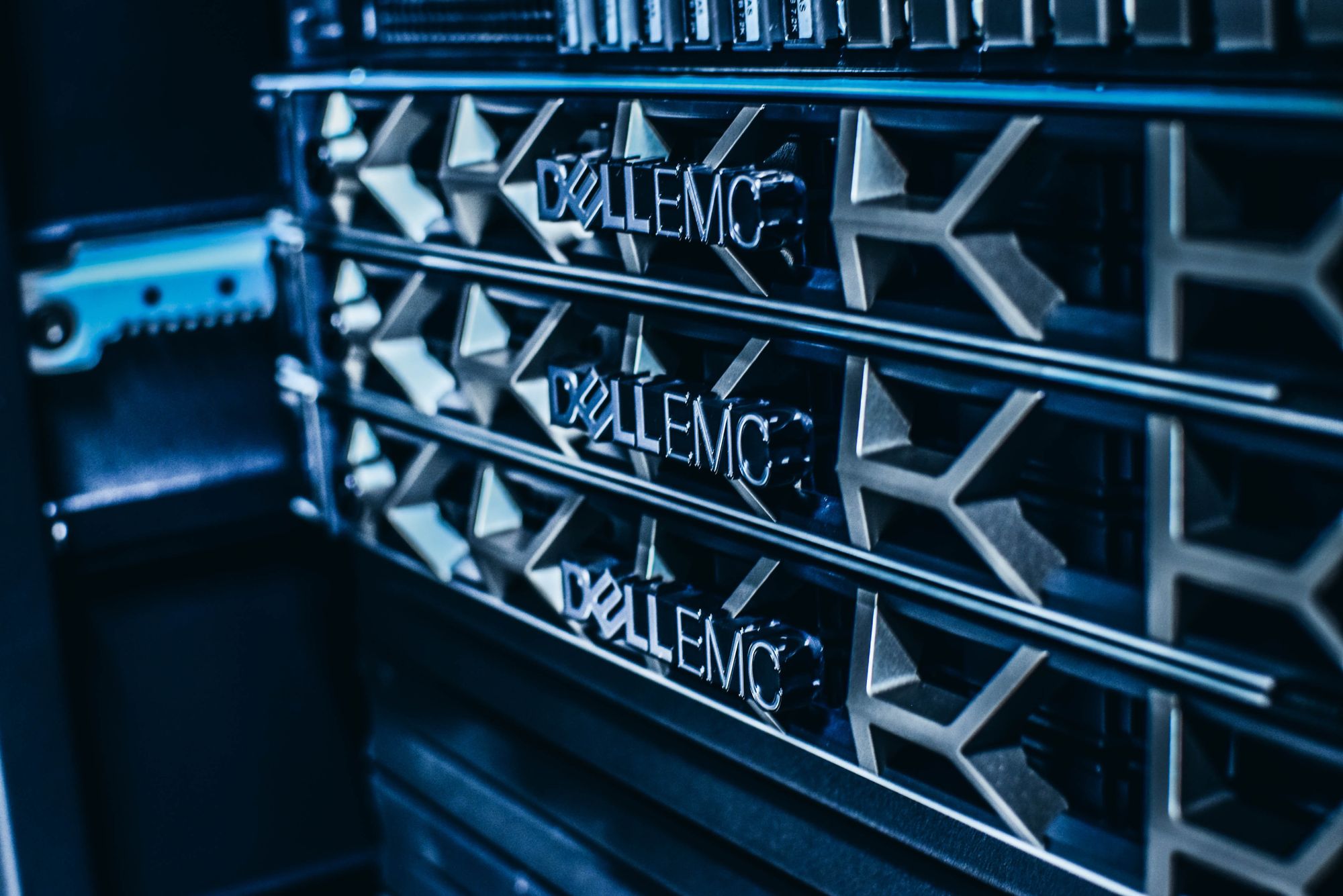Getting Started With Self-Hosting

This post i will try to getting started on how to do our own personalized self host. what resource need to be prepared and guide on how to do it easily
What is self-hosting, and it difference with cloud
Self-hosting means we run and maintain software or services on our own infrastructure, rather than relying on a third-party provider like a cloud vendor. Often self hosting use docker as it main container system as docker offer flexibility and portability.
Foundation Tools
This is the most important part from self host. this 3 tools will be the foundation of our self host.
Containers (Docker, runC - if needed for low-level control)
Containers are fundamental for simplifying setup, dependency management, and isolation. Docker is the most common and user-friendly choice.
Operating System (Linux distribution - Ubuntu, Debian, etc.)
The base upon which everything runs. Choose a distribution that we comfortable with.
Creating a bootable media device(USB/MicroSD card)
Rufus is a utility that helps format and create bootable USB flash drives.
OR
Etcher is an open source, cross-platform software that makes it easy to flash operating system images to a microSD card or USB device.
A List of Operating Systems that are great for either setting up a personal Home Server or a Enterprise Server for Organization/Company.
Ubuntu
Ubuntu is a modern open source operating system on Linux for the enterprise Server, Desktop, Cloud, and IoT developed by Canonical.
- Ubuntu Server
- Ubuntu for ARM
- Ubuntu for Raspberry Pi
- Ubuntu Flavours is for those that prefer an alternative desktop environment such as KDE Plasma Desktop, MATE, Xfce, LXQt, Budgie, and UKUI you can download a Flavour for your preferred desktop environment and use that to install Ubuntu, pre-configured for the desktop environment of your choice.
Debian 11
Debian is an operating system and a distribution of Free Software. It is maintained and updated through the work of many users who volunteer their time and effort.

Linux Mint
Linux Mint is a modern, elegant, and comfortable open source operating system(based on Debian and Ubuntu), which is both powerful and easy to use for both new and advanced users. The flagsip version of Linux Mint uses the Cinnamon desktop environment similiar to Windows 7.

Remote Access (SSH)
Securely access your server for management and maintenance.
Configuration Management (Ansible, SaltStack, Puppet, Chef - Optional but recommended):
Automate server configuration and software deployment. Makes managing updates and changes much easier, especially as your setup grows.
Backups
Absolutely essential. Choose a robust backup solution (e.g., Duplicati, BorgBackup, rsync scripts) to protect your data. Consider offsite backups as well.
Core Services (Depends on our project):
Web Servers (Nginx, Apache, Caddy):
Required if we're hosting websites or web applications.
Databases (SQL - MySQL, PostgreSQL; NoSQL - MongoDB, Redis):
Choose the database type that best suits with our project's data needs. One thing to note. keep simplicity and avoid using multiple DB for project
Service Discovery (Consul, etcd - Optional but helpful for complex setups):
Helps services locate each other within your network.
Reverse Proxy (Nginx, Traefik, Caddy):
Highly recommended for routing traffic to multiple services, handling SSL certificates, and improving security.
Monitoring and Management (Highly recommended):
Monitoring (Prometheus, Grafana, Zabbix, Nagios, Icinga, etc.):
Monitor server resources and application performance. ctop is particularly helpful for containerized environments.
Logging (ELK Stack, Loki, Fluentd, etc.):
Centralize and analyze logs for troubleshooting and security monitoring.
Security (Critical):
Firewall (iptables, ufw):
Restrict incoming and outgoing network traffic.
VPN (WireGuard, OpenVPN - Optional, but enhances security and privacy):
Create a secure tunnel to access your home network remotely.
Password Management (Bitwarden, Vaultwarden):
Securely store and manage passwords. Vaultwarden is a self-hosted option.
Security Hardening (Fail2ban, OSSEC - Optional, but recommended):
Protect our server from intrusion attempts.
Other Tools (Project-specific):
CI/CD:
If we've been developing software, CI/CD tools can automate building, testing, and deployment.
Cloud Storage (MinIO, Nextcloud):
For storing and sharing files.
LDAP:
For centralized user authentication and authorization.
DNS:
For hosting our own DNS server.



